On the Artists’ Minds Now: Part 1
How has the COVID-19 crisis affected your life?
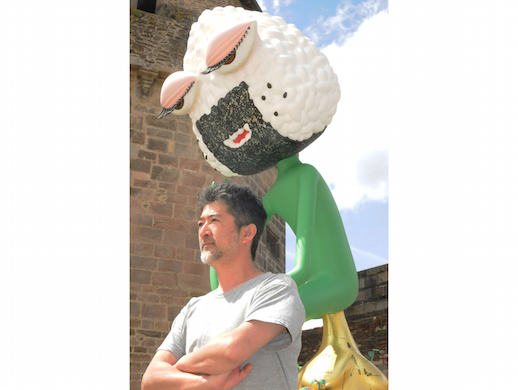
I read the news every day stunned. Like with 3/11, I’m looking at the bigger picture of what people are doing (this time on a worldwide scale). I won’t talk about it like I know more than I do. I give myself over to the uncertainty of the era.
Makoto Aida is a 1991 graduate of Tokyo University of the Arts Graduate School. His works include painting, photography, video, sculpture, performance, installations, novels, and manga. Notable exhibitions include “Aida Makoto: Monument for Nothing” (2012–13, Mori Art Museum) and Ground No Plan (2018, Aoyama Crystal Building). His second novel Geisai comes out in the summer of 2020.
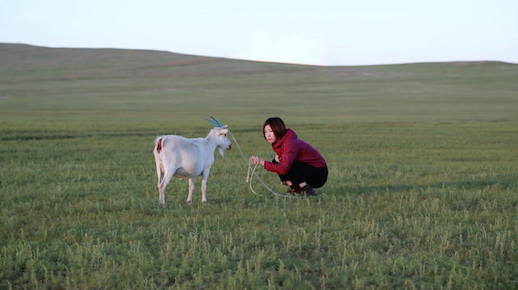
My studio is at home, so on the surface my daily life as an artist probably hasn’t changed very much. I hang out the laundry as I check emails, make lunch from what’s in the fridge in between editing projects. I make art when I’m not doing remote work for my part-time job. I put on a mask and go shopping for dinner. (I always feel a bit nervous when leaving the house).
However, my current life of relatively low risk is only possible because of others – people like supermarket employees and Amazon delivery drivers. I sense a link between living my “ordinary life” and being complicit in something. It feels like what happened with the nuclear accident after 3.11, only more complicated.
My encounters with others changed instantaneously. I feel a physical surge of nervousness when I brush past someone who’s not wearing a mask in the supermarket. It puts me on edge. I’ve never had this kind of social aversion before – or if I did, maybe I pretended not to notice? It’s come as a pretty big shock. The mask has started to act as a barrier that superficially cuts us off from the gazes of others. I wonder, when a world where we don’t use masks arrives, will this barrier also disappear?
Aya Momose was born in Tokyo in 1988. Using a self-referential approach that reconsiders the medium of video art, Momose explores the relationship between photographer and subject. Her most recent exhibition is “I.C.A.N.S.E.E.Y.O.U” at EFAG EastFactoryArtGallery (2020). She participated in the 2016 Roppongi Art Crossing exhibition “My Body, Your Voice” and worked in New York on an Asian Cultural Council scholarship in 2016. In 2019, she screened “Exchange Diary” with Im Heugsoon at Tokyo’s Image Forum and Seoul Art Cinema.
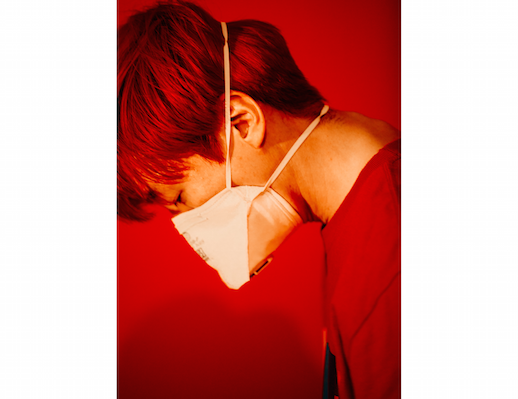
The exhibitions and work I had scheduled for 2020 have been postponed or cancelled, so right now my plans are a blank slate. I didn’t go out so much before anyway, though, so there hasn’t been much of a change to my lifestyle since the call to stay in was made. It’s worrying that I currently have no prospects for income, but my life was unstable to begin with. That’s an anxiety I’ve always had.
Ironically, because many people around the world are now in the same situation as me, I’ve noticed a degree of “social distancing” – a distance from society – that was built into my life as it’s been until now. It’s not me that’s changed since COVID-19, it’s society.
Houxo Que was born in Tokyo in 1984. His practice has expanded from street art into contemporary art. Known for his practice of painting directly onto LED screens, he is among the next generation of painters. Major exhibitions include “Proxy” at Gallery Out of Place Tokio (2020) and “Tokyo 2021 Art Exhibition ‘Un/real Engine – Engineering of Mourning’” at Toda Building (2019).
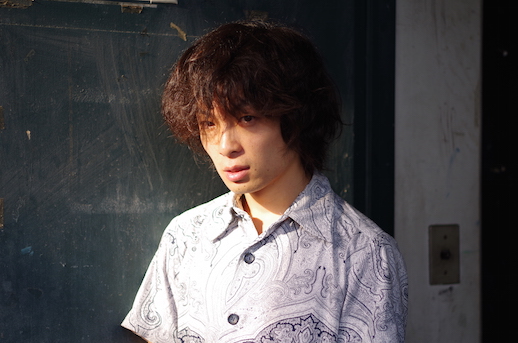
I am an artist. In addition to my own work I direct the art collective Parplume. I guess you could call me a freelancer. I don’t have any work on the side, so to be honest, the impact of the coronavirus crisis has been big for me. My income has fallen and I’m struggling to make ends meet.
Before I worked at a care home for four years. Or, it’d be more accurate to say, I lived at the home for half the week. It was in a renovated old house and I’d nap on a futon next to the residents. It had the closeness of a family in that way. I was the only staff member there at night, so I did all of the work myself. In addition to care work, I did cleaning, administration, and sometimes something close to medical services. At the time I thought it was like living in temporary housing in the disaster zone after the earthquake.
Recently I keep hearing how sodium hypochlorite and disinfecting alcohol are essentials at care homes. How even slight colds can cost elderly people their lives. But at the same time, these items are not distributed by any organizations, so staff must buy them at drug stores. Looking at the current situation, caregiving looks quite tough. Wages are very low and services depend excessively on goodwill.
I think my experience as a caregiver has had a large impact on my activities with Parplume, which also seems like a kind of pseudo-family in some ways. Saki Wakimoto, a student in the fifth session of Parplume School, lost her part-time job when her late-night shift at a family restaurant was eliminated due to the crisis. (It doesn’t look like the shift will return once the crisis settles down). All of the Parplume members helped her look for a new job and she got through an interview, to our relief. That said, it’s customer service, so we can’t help but be a bit concerned about the future. None of the Parplume members have the luxury of waiting out the crisis at home.
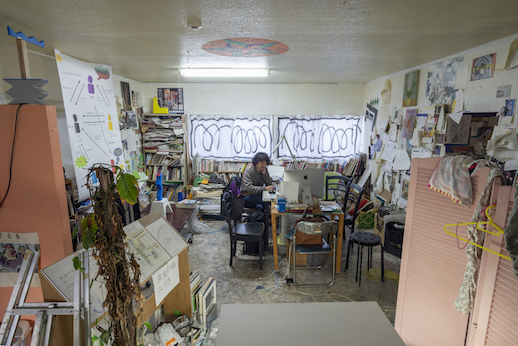
Of course, it is concerning when I think about my individual work and the cost of maintaining Parplume. But in its seven years Parplume has somehow gotten by without needing to ask for public funds. This time, too, we’ll just have to figure something out.
With no end in sight, we can’t just postpone our activities indefinitely. Society can’t run on remote work alone. Also, the number of people who can work remotely is limited.
Personally, I’m a bit skittish, so I carry a tube of alcohol gel with me when I go to the supermarket. I’m not sure how effective it is, but I’m also sanitizing my doorknobs and table every day. It’s like when there was a norovirus outbreak. We have to keep up that kind of caution. It’s not all bad, though. I don’t go out nearly as often and I’m spending much more time in my studio. I think the quality of my work has improved recently. Also, I hardly think about COVID-19 at all when I’m working.
Yoichi Umetsu was born in Yamagata in 1982. He graduated from the painting department at Tokyo Zokei University. His works include self-portraits created in the spirit of paintings from Japan’s golden age of Western-style modern painting. He is the director of Parplume Gallery and Parplume School, which he operates with five students in their twenties from his home. Parplume’s work has been featured at the Watari Museum of Contemporary Art, the Setouchi Triennale, and the Museum of Contemporary Art, Tokyo.
Translated from the Japanese by Jennifer Pastore
Part 2 with Mai Endo, Mizuki Kin, Dan Isomura, and Akira Takayama



